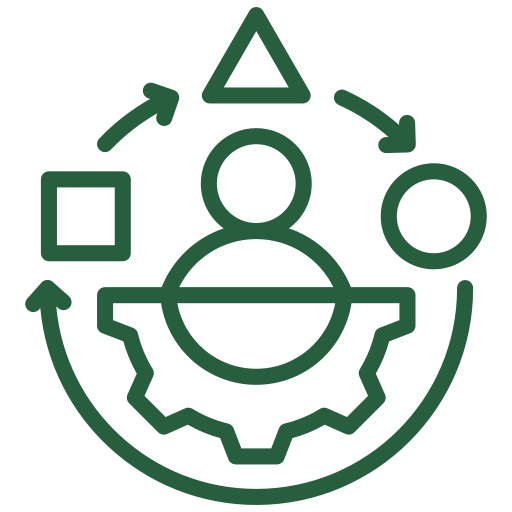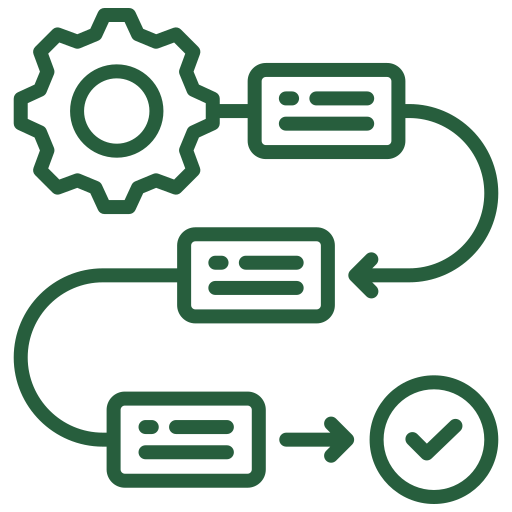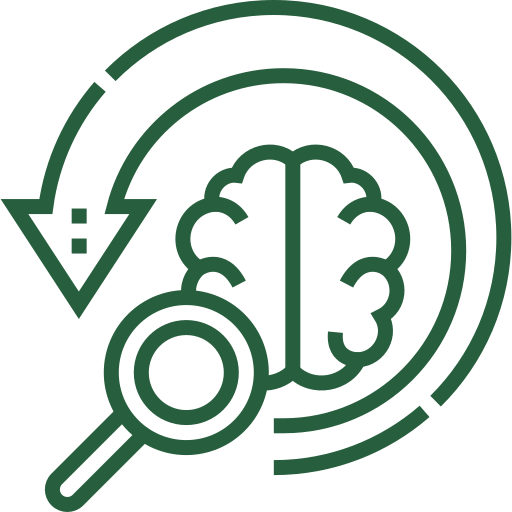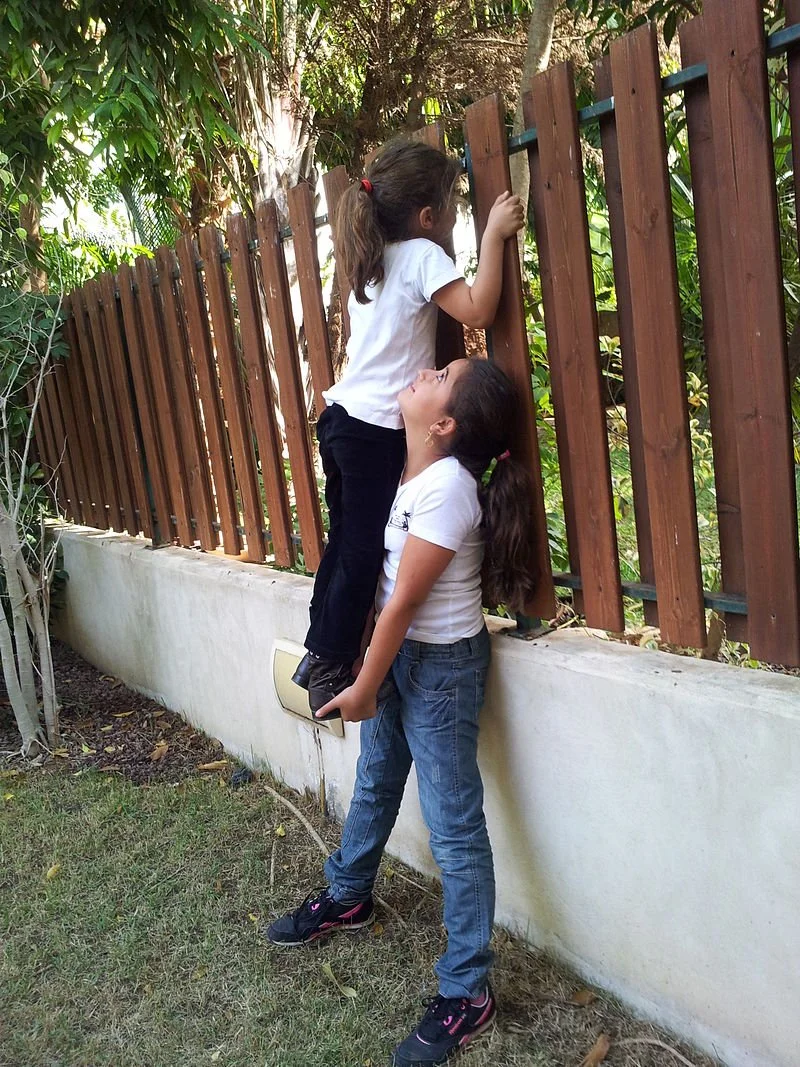
Neurology Matters
We cannot separate neurology from the person. Our strengths, talents, challenges, personality, behavior, thinking, and perception of our environment are impacted by our neurology, from the molecular to the macrocircuits.
Austic art. Miss LunaRose
Neurodiversity describes the idea that people experience and interact with the world around them in many ways, with no “one” right way of thinking, learning, and behaving, and the differences are not deficits.
- National Library of Medicine
WHAT IS NEURODIVERSITY?
WAYS WE ARE NEURODIVERSE
Our brains are constantly taking in information from our senses. Most of us are familiar with the “big five” — sight, hearing, smell, taste, and touch. But our bodies also give us input in other amazing ways, like our vestibular system, which helps us sense movement and balance, and proprioception, which lets us feel what’s happening inside our own bodies. Some brains function best with high stimulation while others reach fatigue more quickly with the same stimulation.
Sensory Sensitivity
Some brains are naturally more flexible when it comes to processing, storing, and recalling information, while others work in a more structured or literal way. This difference isn’t “good” or “bad” — it’s simply how each brain is wired. We can also see this spectrum of flexibility and rigidity in the way people adjust to different situations and environments. With additional skills and support, we can all learn to be flexible according to each of our own potential.
Rigidity & Flexibility
Some brains take in and make sense of information from the world around them more quickly than others. Some are especially skilled at synthesizing information—connecting the dots with little outside support – while others may need more time to think. Each brain naturally process information, observations, and experiences on a deeper level, often noticing details or patterns that others might overlook.
Processing Speed
Some brains naturally pick up on social rules, conventions, and norms, while others may need more time or explicit guidance to learn them. Some brains find it easier to sense and understand others’ emotions, motivations, and intentions, while for others, these cues may be less clear. Similarly, some brains navigate conversations with ease and reciprocity, while others may find this more challenging at times.
Relational Skills
Some brains naturally operate with higher energy output and input—they may thrive with more stimulation, have greater capacity, and a higher threshold before feeling fatigued. Other brains function best with lower levels of stimulation and exertion, requiring less input and reaching fatigue more quickly. Similarly, some brains have high inertia, meaning it can take more effort to start or stop an activity, while others shift gears with greater ease.
Movement & Inertia
Brains differ in how they encode and store memories. Some use multiple sensory systems to capture an experience, while others rely on fewer. For example, one brain might retain an experience largely through proprioception—how it felt in the body—so when recalling it, the memory is more about sensation than words. Similarly, the way each brain retrieve/recall memory/information also varies. There is a range of our brain’s ability to encode and retrieve, as well as fluctuations in access and capacity.
Encoding & Retrieval
There is no shame in needing support.
“Neurodiversity may be every bit as cruicial for the human race as biodiversity is for life in general. ”
Conversations about neurodiversity have been shifting away from a deficit-based view and toward recognizing the strengths and advantages it can bring.
Click on each logo below to learn more.















